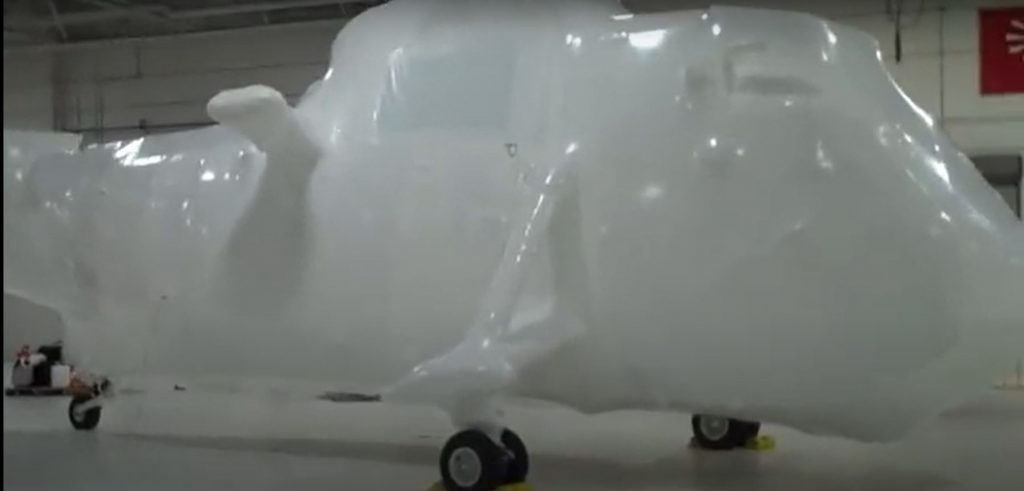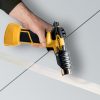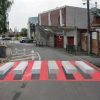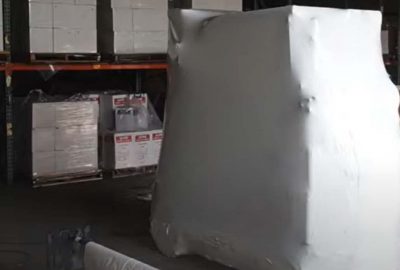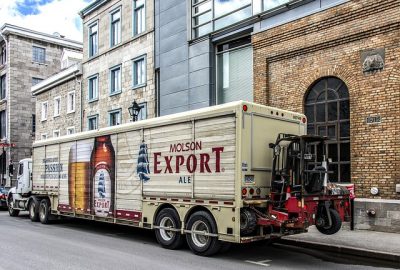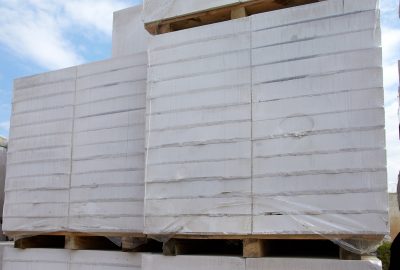Shrink-wrap is the use of shrink film to package and protect goods and merchandise. Once the film has been applied, it is heated with a specific heat gun, which shrinks the film and hardens it to form a protective shell. It is used in various fields of activity, including aeronautics.
Aviation shrink-wrap
Shrink-wrap is suitable for large jobs. It can therefore be used for the building industry, to isolate a building site, for example. It is also widely used in the navy. The boats are then fully protected from the outside for wintering.
In the aviation industry, shrink-wrapping can be used to wrap entire machines, regardless of their size: fighter jets, helicopters, passenger planes, business jets, etc. You can also package spare parts, such as engines, motors, etc.
To prevent condensation, small hatches can be fitted which allow enough air to pass through to create a current, but prevent impurities or pests from entering. This is particularly important for goods that are stored in places where the temperature can fluctuate.
The heat-shrinkable film protects from shocks, but also from bad weather: rain, hail, UV rays from the sun, etc.
Shrink-wrap applications
Shrink-wrap for transport
Aircraft manufacturers very often use shrink-wrapping to package their products and ship them to their customers. The parts are guaranteed to travel perfectly protected during their transport. Skrink-wrapping insulates them in case of impact and prevents them from being scratched or dented. It also allows them to be securely attached for transport. This makes them more stable and prevents them from moving.
Shrink-wrapping an aircraft or aircraft parts can also protect equipment, including electronics, from environmental pollutants.
Business travel
Aircraft parts can be transported for sale, but also to go to a trade fair, to take part in an exhibition, etc. If necessary, shrink-wrapping protects the parts, models and life-size “samples” during transport.
They are protected from any impact and dirt. It makes more sense (and is more economical) to shrink-wrap the items than to risk damaging them and/or having to clean them once they arrive at their destination.
A matter of confidentiality!
The aeronautics industry likes discretion. Manufacturers don’t want to expose their innovations to prying eyes, nor do they want to let people know where their equipment is going. Shrink-wrap is perfect for concealing transported parts.
Shrink-wrap for the military and defense industries
The army regularly uses shrink-wrap. It packs heavy equipment, tanks and helicopters for shipment to intervention zones. The shrink-wrap thus prevents the aircraft from being exposed to sea spray and salt water for all maritime transport. Aircraft cabins and electronics are particularly sensitive to the corrosive humidity of seawater.
The process is carried out by shrink-wrapping professionals. For example, it takes an hour and a half to prepare each helicopter, dismantling the blades on some of them and removing parts from others that are too sensitive to be wrapped. Once the helicopter is prepared, it takes about two hours to wrap it completely. It’s a big investment of time, but relatively small when you consider the cost of a helicopter.
Shrink-wrapping prevents corrosion, but also shocks during transport, whether by air or sea. Each plane or helicopter is padded with polystyrene to protect it. It is then wrapped in heat-shrinkable film and heated by blow-torch to shrink it onto the machine.

